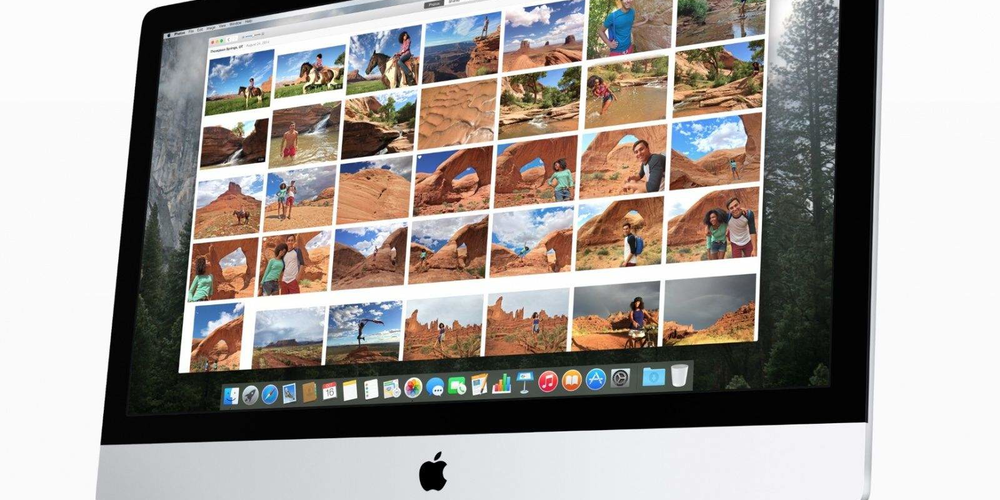Optimizing Your Mac: How to Manage Startup Apps for a Faster Experience
12 Jun, 2023

When you power on your Mac, you might have noticed that several applications and tools load themselves into memory along with the operating system. While this can be helpful for ensuring that files stay in sync with the cloud and certain plug-ins are always available, it can also slow down your system. Too many auto-starting apps can cause your Mac to take longer to start up, as well as consume valuable memory and processor resources. By managing which apps launch with macOS, you can create a leaner, faster Mac experience.
1. Using System Preferences to Manage Login Items
One of the easiest ways to control which apps start up with your Mac is by using the built-in System Preferences tool. To access this, click on the Apple menu in the top-left corner of the screen and select "System Preferences." Then, click on "Users & Groups" and choose your user account from the list on the left. Next, click on the "Login Items" tab to see a list of apps that are set to start up when you log in. To remove an app from this list, simply select it and click the "-" button. You can also add apps to the list by clicking the "+" button and browsing to the app you want to add.
2. Removing Launch Agents and Daemons
Some apps use "launch agents" and "daemons" to start up automatically in the background. These are small background processes that can perform tasks or ensure that certain services are running. To manage these, you'll need to dive into your Mac's file system. Open Finder and navigate to the following folders:
- /Library/LaunchAgents
- /Library/LaunchDaemons
- ~/Library/LaunchAgents (where "~" represents your user folder)
Within these folders, you'll find .plist files that correspond to various launch agents and daemons. To disable one, simply move the .plist file to another location, like your Desktop or a dedicated "Disabled Launch Agents" folder. Be cautious when making changes here, as some processes may be essential for your Mac's operation. It's a good idea to research the process or app associated with a .plist file before disabling it.
3. Disabling Hidden Startup Items
Some apps may not appear in the Login Items list or use launch agents or daemons but still start up automatically. To manage these, you can use the Terminal app. Open Terminal (found in the Utilities folder within the Applications folder) and enter the following command:
launchctl list
This will display a list of all the processes currently managed by launchd, macOS's background process manager. Look for any processes associated with the apps you want to disable and make a note of their "service name" (the text in the leftmost column). To disable a process, enter the following command, replacing "service_name" with the actual service name:
launchctl disable user/ service_name
Again, be cautious when making changes here, as some processes may be essential for your Mac's operation. It's a good idea to research the process or app associated with a service before disabling it.
4. Using Third-Party Apps to Manage Startup Items
If you prefer a more visual approach to managing your startup items, several third-party apps can help you do this. Some popular options include:
- LaunchBar
- KnockKnock
- OnyX
These apps can help you quickly identify and disable unnecessary startup items, as well as provide additional tools for optimizing your Mac's performance.
5. Maintaining a Balance Between Convenience and Performance
While it's important to manage your startup apps for a faster Mac experience, remember that some auto-starting apps can provide useful features and services. It's crucial to strike a balance between convenience and performance when choosing which apps to allow at startup. Periodically review your startup items and make adjustments as needed to ensure that your Mac remains optimized and ready for use.








Leave a comment
Your comment is awaiting moderation. We save your draft here
0 Comments